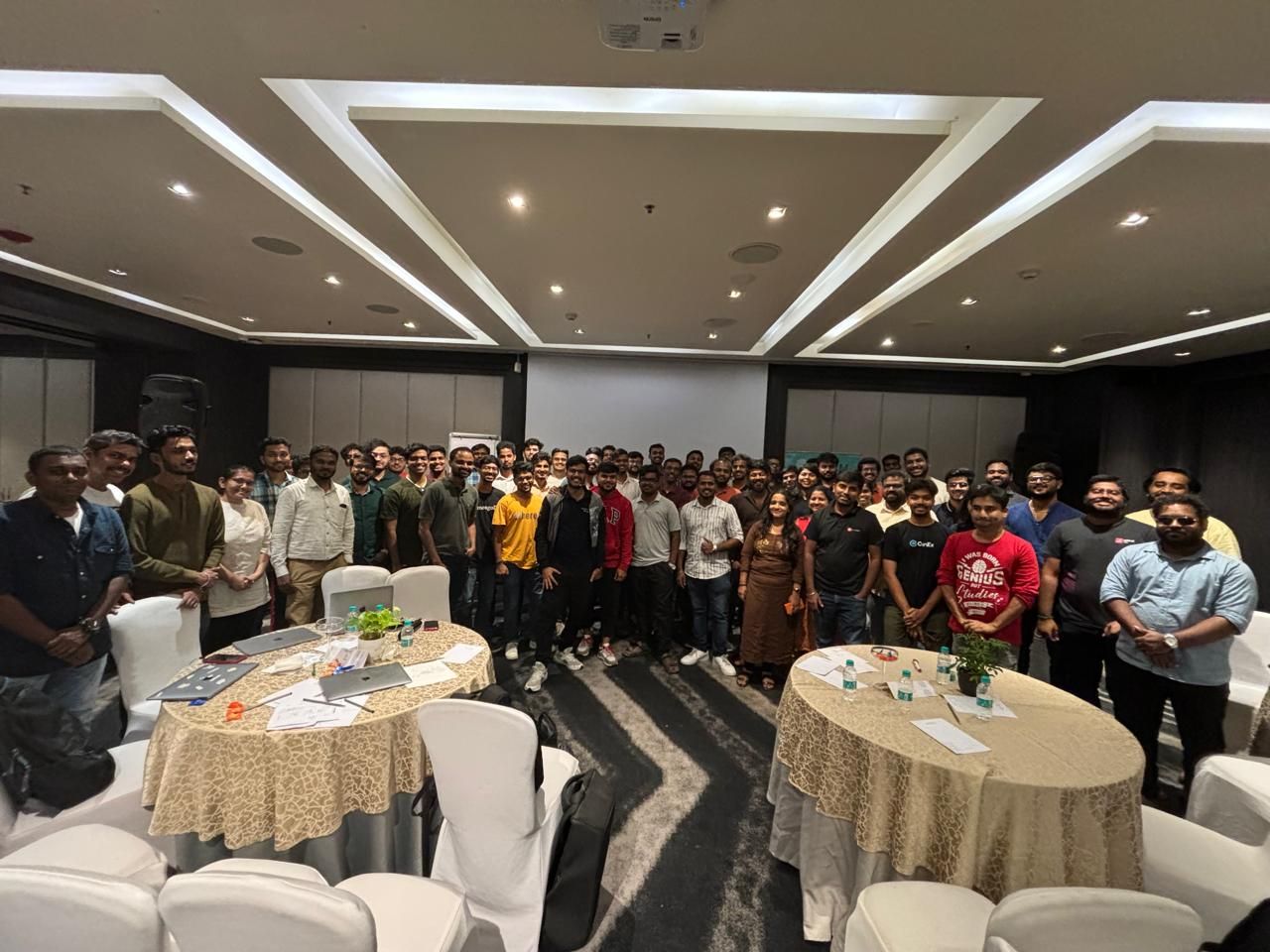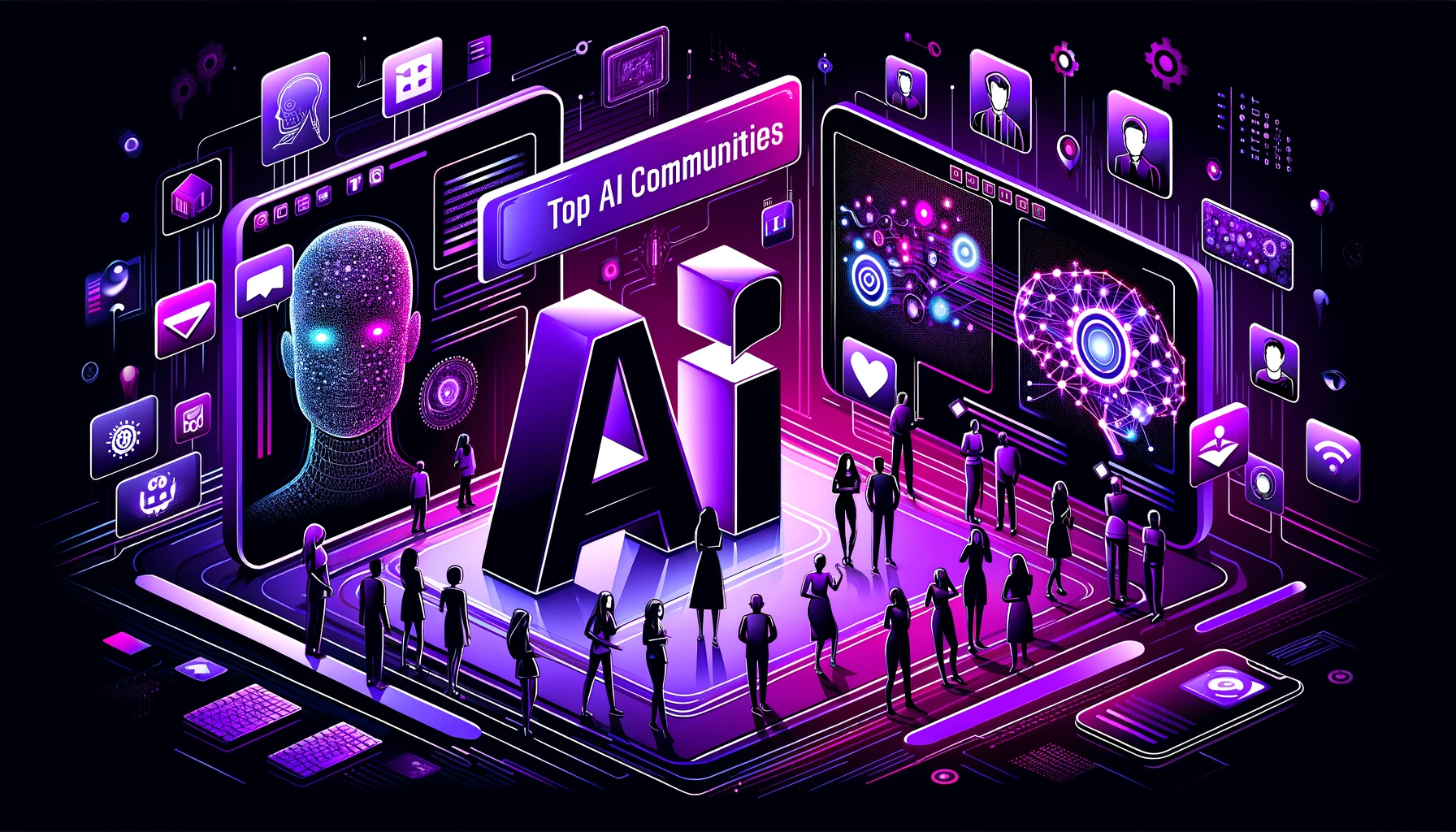While looking at the modern-day work scenario, we can see several innovative technologies that often change how we work today! From AI tools to other trends -setting tech advancements like spatial computing making our everyday chores more alluring, we are witnessing some of the best changes in our work life today! So, in this blog post, we have attempted to discuss one such emerging tech, spatial computing, and have tried answering the question of how impactful it will be in the future!
Defining Spatial Computing
Serving as an umbrella term for a slew of immersive technologies like Augmented Reality(AR), Virtual Reality(VR), and Mixed Reality(MR), of course, with a subtle difference in what it means, spatial computing refers to the evolving tech that brings personal computing into the 3 -dimensions of our actual environment!
Being one of the evolving trains of tech devices, spatial computing devices help us seamlessly experience a blended version of our apps in our physical environment! By giving an immersive reality to live in, spatial computing gives a 3-D version to your desktop, brings it to our workplace, and helps us interact with the digital content more realistically!
How Do Spatial Computing Devices Work?
Currently, given to us as put-on headsets, spatial computing devices utilize cameras, sensors, and user inputs to create a 3-dimensional screen on our physical environment. From implementing see-through glass technology and screen-passthrough technology to creatively overlay digital content on its physical environment to helping users see 3-D holograms and a more realistic world with embedded digital content, spatial computing products bring a whole new experience for everyone to sink in!
Users can use hand gestures and eye movements to interact with the screens projected by these devices. With spatial awareness, these devices aim to give situational awareness to their users!
Top Players in the field of Spatial Computing
Recently, Apple Vision Pro has gained attention from global users, making spatial computing one of the best buzz terms for this year. But is Apple the only company focused on creating these devices? Let’s find out!
Spatial computing as a tech has been around for years, and the term was coined in 2003! That said, the early players in this field have been into Augmented Reality and Virtual Reality! Some noteworthy milestones in this field include Oculus Rift’s VR Headset (launched in 2012 and discontinued in 2021), Magic Leap’s AR solutions, Microsoft’s Hololens, and so on!
Spatial Computing Devices and Use Cases That Support Work Scenario!
Spatial computing devices have made striking changes in the gaming and entertainment world! From bringing a near-reality 3-dimensional world to helping users have an immersive experience while playing and gaming, they come in handy for the gaming and entertainment industries to offer the best for the people! But, when we look into how impactful spatial computing is from a broader spectrum, we can find it bringing innovative and productive changes in fields like healthcare, real estate, manufacturing, Recruitment and Human resources, etc.,
That said, let’s look into some of the best use cases that imply how spatial computing will impact work in the future!
a) Apple Vision Pro for Work
With the Apple Vision Pro launched in February 2024, we keep getting videos on how it will help professionals and tech enthusiasts at work! From bringing the desktop screen to the 3-dimensions of the physical workplace to making interactions between different teams more engaging, it is all set to make work more collaborative and fun-filled!
b) Meta Quest 3 for Work
Aiming to bring mixed reality into workplaces, Meta Quest 3 focuses on helping workplaces build their teams around the motto of creating and working together. With the mission to make everyone at work cruise through a virtual world effortlessly, Meta Quest 3, launched in 2023, delivers an immersive environment for people at work and even makes training people at work more captivating and engaging!
c) Meta’s Codec Avatars for Virtual Meetings
In one of the podcast episodes with Lex Fridman, Meta’s CEO, Mark Zuckerberg, gave us a sneak peek into Meta’s Codec Avatars. It is one of the research ventures of Meta’s Reality Labs and aims to bring life-like avatars of users and implement computer vision and machine learning to do so! With the ability to create highly realistic digital versions of the users, it captures the looks and movements of the users accurately and represents them as a virtual avatar! That said, this research initiative can make virtual meetings in the future more realistic and 3-dimensional!
d) XReal Air 2 Pro AR Glasses
Built as a lightweight and affordable pair of AR smart glasses, the XReal Air 2 Pro is one of the products of the XReal company, previously called NReal! Being one of the best pioneers in AR and spatial computing devices, XReal has released a series of AR-VR headsets to provide an immersive experience for its users in entertainment, gaming, and work! Designed as adjustable smart glasses to connect with different devices with either a USB-C cable and additional accessories like XReal Beam, etc., the XReal Air 2 Pro aims to introduce people to experiencing an Augmented Reality setup and help them learn better about the emerging era of spatial computing devices! So, while using XReal Air Pro AR glasses for work, we can connect an Apple Mac to it through a USB-C Cable and install a few software to enable a virtual 3-monitor setup to work in privacy!
That said, XReal’s series of AR smart glasses is an emerging technology, but they still have several challenges that must be improved and fixed!
e) Nimo Glasses by the Nimo Planet
With the mission to build a pocket-sized spatial computer for productivity, Nimo planet is one of the early pioneers into the quest of building smart glasses for work! The Nimo 1 core glasses comes with a bluetooth keyboard and a mouse and aims to bring six-virtual screens into your spatial world when you wear them! Functioning through Nimo OS, it’s compatible with Mac, Windows11 and a lot more!
Conclusion
Therefore, in this article, we have seen some of the groundbreaking innovations in the spatial computing field. And with the growing popularity of these devices in this tech-driven world, it’s too early to conclude how impactful they will be in assisting us at work! That said, there is no doubt that several startups and businesses will focus on this market in the future!








